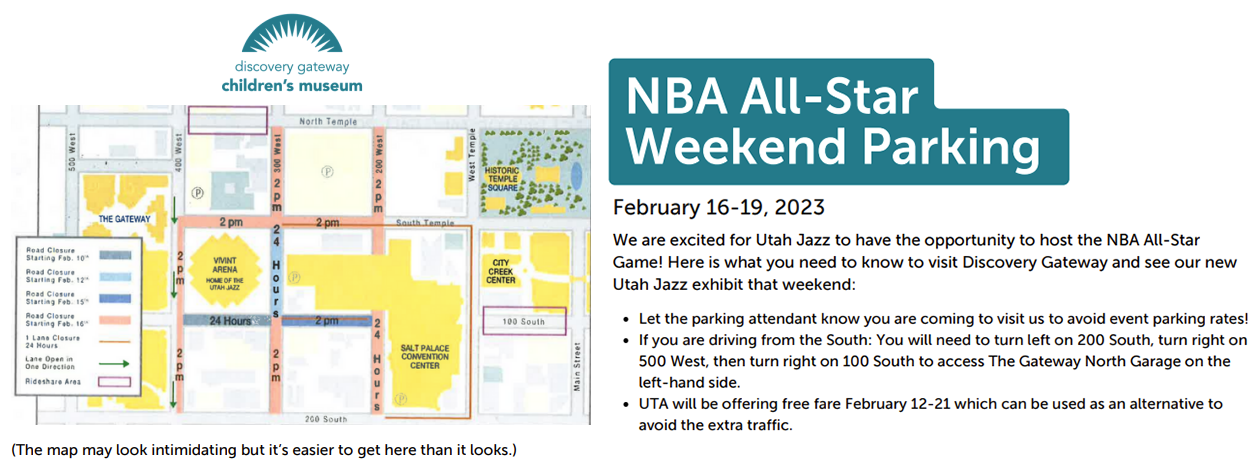Which Beak Works Best?
Ages 3 and up
Listen outside-what can you hear? If you are lucky, you might hear some birdsong that signals the beginning of the warmer weather. Birds songs can all sound so different, and they also have different beaks that are good for eating different things. In this experiment, we will test different kitchen items that each represent a different beak shape. Which beak works the best?
Materials
- Spoon (like a spoonbill, who gulps food into a large beak)
- Straw (like a hummingbird that eats nectar)
- Bag clip or clothespin (like a parrot that uses a strong beak to break open seeds)
- Tweezers (like a woodpecker, who pulls food out of tree bark )
- Colander (like a duck, who swallows small pieces of food whole)
- Juice
- Peanuts
- Dry, Raw oats
- Rubber bands or cooked noodles
- Beans
- 1 straw cut up with pieces floating in water
Directions
- Line up the juice, peanuts, oats, rubber bands or noodles, beans and water with straw pieces
- Take turns testing out each of the pretend beaks on each item. Can the different “beaks” pick the item up? Does it hold the item well?
- Which beak holds all the items the best?
- This is a trick question! Each of these pretend beaks works well for some of the items, or is the best for one of the items. This is because different birds live in different environments. Based on the available food, the birds beaks have adapted to suit their environment.
- Go outside and check out the birds in your area? Are their beaks matched to the food they like to eat?
More Fun










